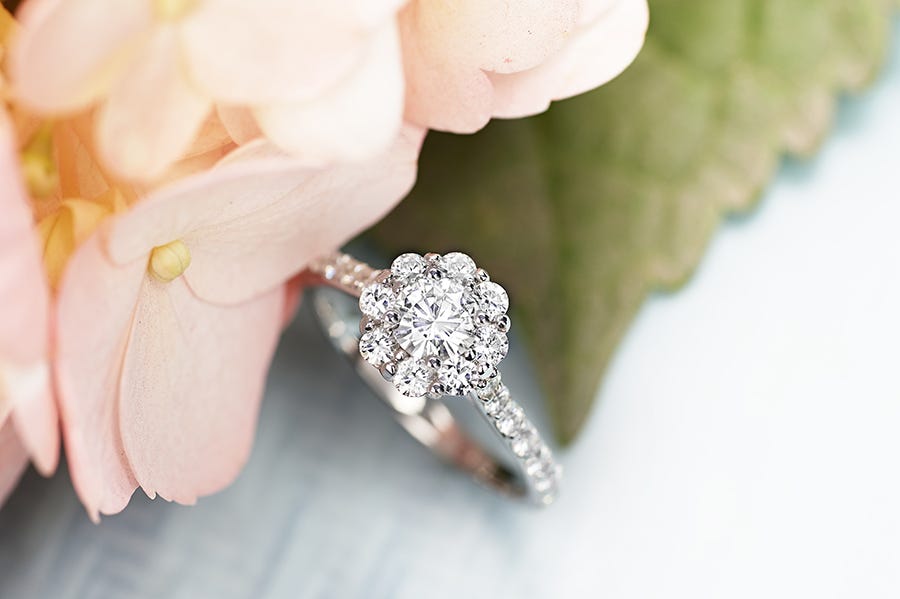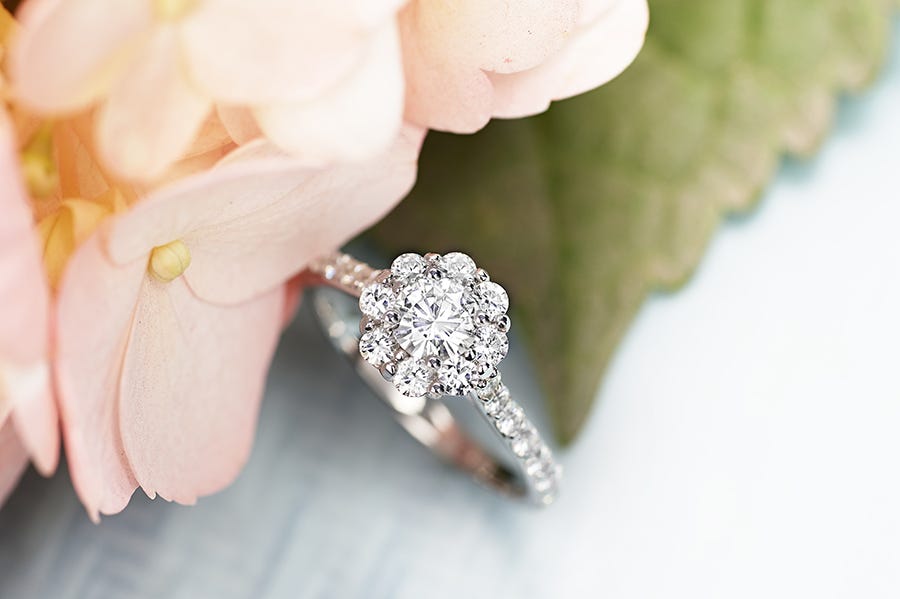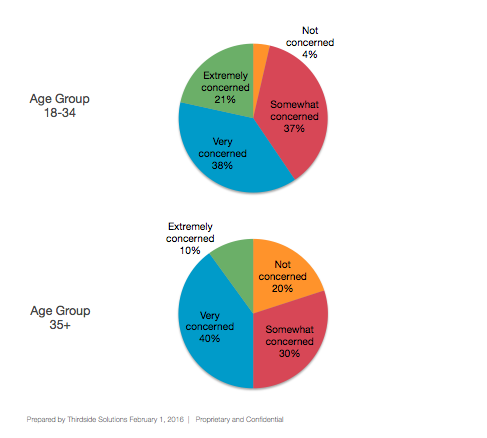
Non-diamond engagement rings have become a popular choice in recent years, but why? A lot of people are talking about diamond alternatives and what they mean for the diamond industry, especially when it comes to engagement and wedding rings.
According to wedding blog site The Knot’s annual survey; the average groom spends around $5,855 on an engagement ring. Now, factor that in with some statistics on marriage rates. The Center for Disease Control and Prevention (CDC) reports that more than two million people get married every year in the U.S alone. Phew, talk about a lot of rings!
So, with the help of Thirdside Solutions, we took it upon ourselves to do a little research to find out exactly why people are turning away from traditional, natural diamonds in search of better engagement options, and “who” thinks “what” about the new ideal choice in fine jewelry, Charles & Colvard Created Moissanite®. Here’s what we found:
BEAUTY REGARDLESS OF “BANG FOR THE BUCK”
We all love a deal, but a price tag is not the be-all and end-all of your purchase decision, is it? Although diamond is known to cost far more than moissanite, a lower price point is not the main reason people are ditching diamonds. Even if money were no object seventy-five percent (75%) of customers would still buy moissanite over diamonds. Must be beautiful, huh?

If you didn’t already know: Moissanite has 2.4 times the fire of diamond, plus more brilliance than any gem in the world. Each gem we create is flawless to the naked eye, available in the finest D-E-F quality color grades for a truly colorless brilliance. Superior optical properties = a more attractive gemstone. Moissanite rates excellent in color, clarity, and cut for maximum value and maximum beauty.
A GOOD CAUSE
Millennials (roughly anyone born between 1980 and 2000) place a higher priority on environmental and social responsibility than non-millennials, caring more about where their products come from than most. Supporting a cause with a purchase is both fun and rewarding in more ways than one.

How various age groups rate their level of concern about social and environmental implications of the diamond industry
Eighty percent (80%) of you say you would buy moissanite, and a big part of that reason is because of its zero conflict, low environmental impact on the earth you love! Ninety six percent (96%) of those we interviewed (ages 18 to 34) are extremely, very, or at least somewhat concerned about the social and environmental implications of the diamond industry. That says a lot.
Sadly, twenty percent (20%) of those 35 years and older are not concerned about these issues when it comes to their jewelry purchase. We’re hoping to change that. At Charles & Colvard®, we take pride in offering a sustainable and beautiful gemstone that reduces reliance on mining practices and upholds social responsibility.
YOU LOVE PRETTY PICTURES, BUT YOU TRUST REVIEWS
Social media keeps you in touch with the brands you love. Photos and videos make it easy for you to inform yourself about a product before you buy it, but… What really influences the final decision to pull the trigger and take out your wallet for that non-diamond engagement ring? Research says, reviews.
You trust your friends the most. For decades, word of mouth has been proven to be one of the most effective influencers for sales. As bolder and more daring couples took the first leap of faith in an uncommon engagement choice, others have followed suit. Thanks to an abundance of blogs, informational resources, and review sites, customers are becoming increasingly comfortable with the idea of buying a non-diamond engagement ring in western culture. Today, the market has grown exponentially with dozens of jewelers and independent designers scrambling to get their hands on loose moissanite gemstones for hungry customers.
People of all ages report that they find a product to be more credible if there are positive reviews written about it, even more so than seeing beautiful and accurate images of their item of interest. Internet-era millennials particularly trust reviews, and for good reason. After all, who would buy something if there were only bad things said about it?


